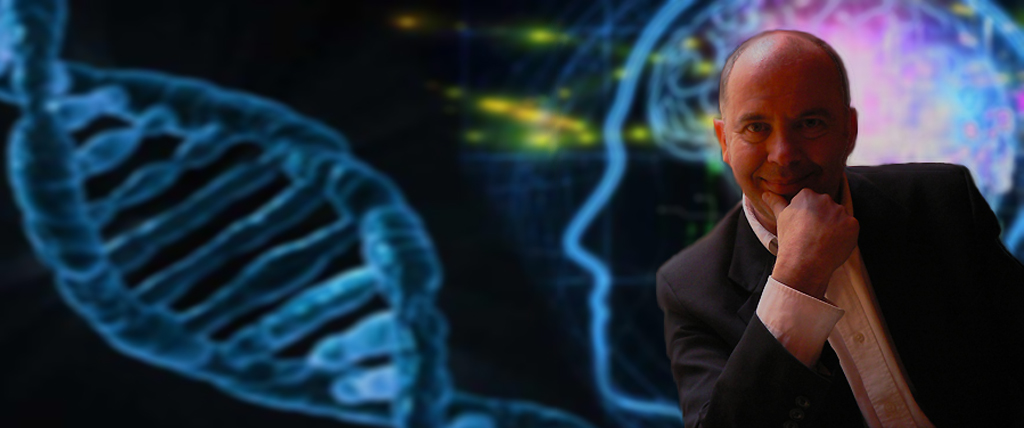Biography
Massimo Pregnolato is Professor of “Medicinal Chemistry” within the “Pharmacy” degree course at the Department of Drug Sciences, University of Pavia. Director of Quantum Bio Lab. Founder of Quantumbionet in October 2006. Founder of Italian Biocatalysis Center in July 2007. Chief Editor of Quantum Biosystems. Chairman of Quantum Paradigms of Psychopathology (QPP). Member of Scientific Commitee of Istituto di Ricerca “Paolo Sotgiu” in Psichiatria e Cardiologia Quantitativa ed Evoluzionistica, Università L.U.de.S. of Lugano, Switzerland. 2010 Giorgio Napolitano Medal Prize. Advisory Board Member of: Physics Research Journal-C, Journal of Biological Research, DNA Decipher Journal, Scientific GOD Journal, Journal of Consciousness Exploration & Research, Antropologia della Salute. 2011 – Member of Quantum Art Group Italy priced by “Italia degli Innovatori” Presidency of the Council of Ministers. Member of Quantum Art Group Italy priced by “Italia degli Innovatori” Agency for the dissemination of technologies for innovation. Presidency of the Council of Ministers.
Prof. Pregnolato has published more than 100 works related to chemistry and biotechnology and he filed about ten patent applications. His most recent publications on quantum biology focus on potential psychiatric interest of subcellular nanonetworks as quantum biosystems.
www.quantumbionet.org
massimo.pregnolato@unipv.it
Quantum Biology as the Base for a New Paradigm in Psycopatology
Abstract
Quantum biology is defined as the application of the features of quantum physics to biological objects and structures. Photochemical reactions, electron transfer and ion interaction, photosynthesis, the sense of sight and the breakdown of DNA under ultraviolet light are all unquestionably quantum physical reactions. Many studies have shown that the quantum physical phenomenon of tunnelling takes place in biological structures. In protein functions, it has been established that electron or proton transfer regularly takes place between some amino acids. Quantum physics can show itself in biological structures in the shape of superposition, entanglement, quantum information processing and matter-wave interaction, and there is much experimental proof on this topic. In the last twenty years, it has been suggested that also the operation of certain brain structures is governed by quantum phenomena. Both quantum-logical and quantum-physical models of brain and mind open new avenues toward a better understanding of neurobiology also applied to psychopathology. Spin mediated consciousness theory, quantum brain dynamics and the Orch OR theory may bring an explanation to the mechanisms of the consciousness-brain connection problem, free will, the unity of consciousness, qualia, non-algorithmic information processing, remembering and forgetting over time, and the effect of anaesthesia. More recently new insights from Quantum Mind to aberrant processes underlying schizophrenia, bipolar illness, and other forms of psychopathology have been reported. For example, new explanatory and psychotherapeutic opportunities may emerge in the case of schizophrenic patients by considering Everett’s quantum ontology in the “alternate worlds” of psychotic perception, “malattunement” in primary process thinking and “quantum logic”. Similarly, in mood disorders such as Major Depression and Bipolar Disorder, the membrane and the biochemical relationships between serotonin, second messengers and “quantum microtubular nanowire” can be considered in order to understand the physical and molecular mechanisms at the base of these psychopathologies.
